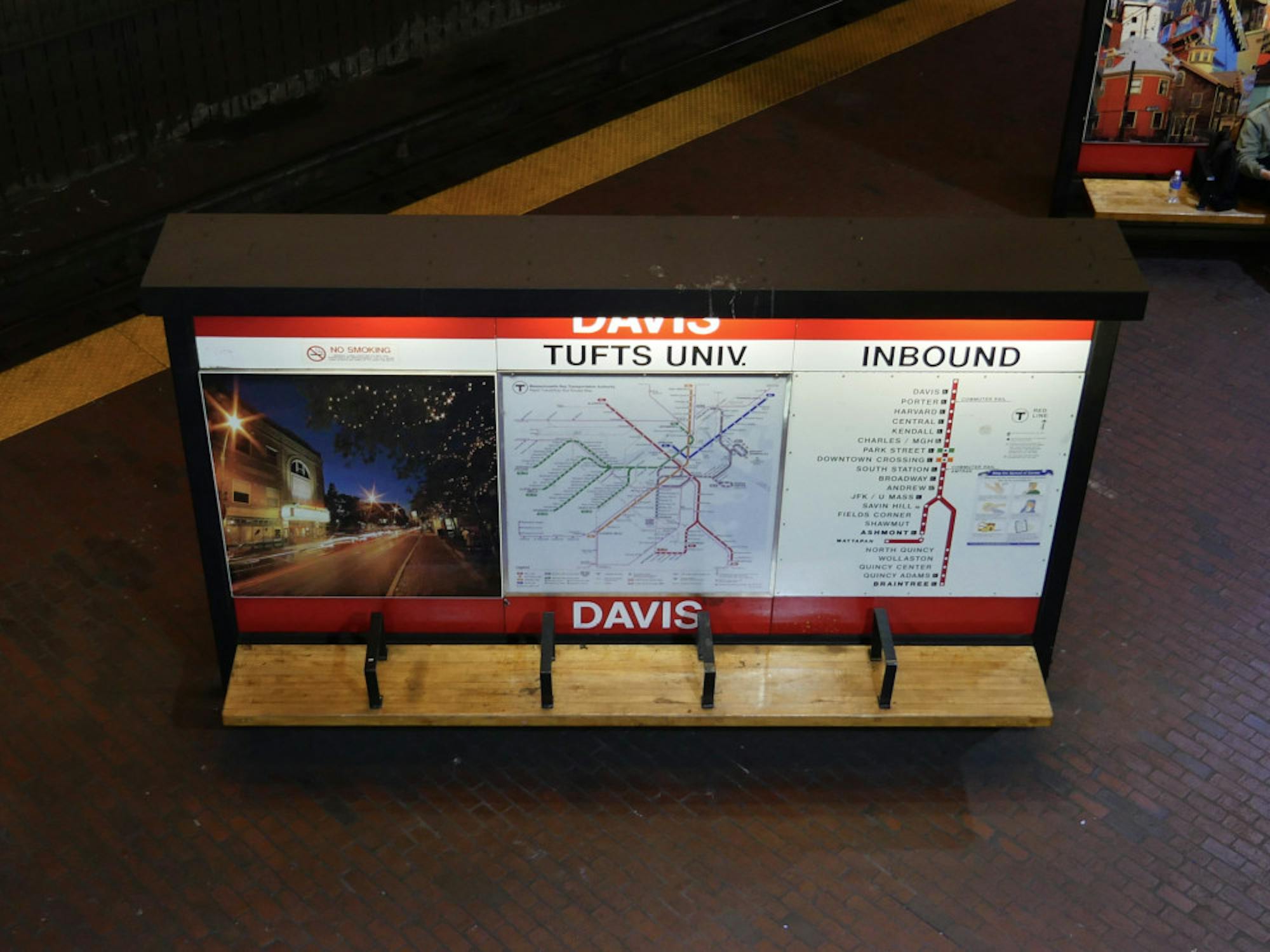The Somerville City Council unanimously passed aresolution on April 8 calling for the removal of “hostile architecture” from the Davis Square MBTA station and a ban on future hostile architecture projects on public benches elsewhere in the city.
Hostile architecture, also known as “defensive architecture,” is defined as an urban planning strategy designed to prevent the homeless from resting and sleeping in certain places. Proponents of the practice argue that hostile architecture is a necessary deterrent of certain behaviors such as camping, loitering and skateboarding. Opponents believe that these design strategies unfairly target the poor and homeless populations.
Specifically, the resolution calls on the city’s director of mobility and the commissioner of public works to work with the Massachusetts delegation to remove existing hostile architecture and to prevent new architecture from being installed. The resolution was introduced by Ward 7 Councilor Katjana Ballantyne and is co-sponsored by all other city councilors: Ben Ewen-Campen, J.T. Scott, Jesse Clingan, Kristen Strezo, Lance Davis, Mark Niedergang, Mary Jo Rossetti, Matthew McLaughlin, Will Mbah and William White.
Ballantyne explained why she is opposed to hostile architecture in Somerville.
“I don't support any kind of ‘hostile design’ in our Somerville urban environment,” Ballantyne wrote in an email to the Daily. “I don't want to live in a city with bars and spikes on benches, and not with any intentionally ugly and uncomfortable street lighting or other kinds of hostile urban furniture and equipment.”
In Somerville, designs described as hostile architecture were installed this year at the Davis Square MBTA station, which was the focus of the resolution. Benches in and around the station now have armrests built into the seats.
The MBTA, which installed the benches, asserts that the architecture is designed to comply with the Americans with Disabilities Act to provide easier access to seating for people with mobility challenges. However, the Council’s resolution argues that the benches have had the effect of preventing people — namely the homeless community — from lying down.
Lisa Battiston, deputy press secretary of the MBTA, defended the design of the benches.
“Designed by the MBTA’s system-wide accessibility department, the armrests offer structural support for customers with mobility challenges when they want to stand up or sit down,” Battiston wrote in an email to the Daily.
Battiston added that benches at MBTA stations are continuing to be modified according to guidelines written in May 2020 by MBTA chief engineer Erik Stoothoff.
“Design for Benches for all new construction, repair or replacement projects shall follow standards that are consistent with MBTA’s priorities to the safety and accessibility of our passengers. As such, design shall prioritize safety, functionality, and ease of maintenance over time,” Stoothoffwrote in a memo last year.
Ballantyne, who in March announced her candidacy for mayor, criticized the MBTA for installing the benches at the Davis Square station without first consulting Somerville residents.
“The MBTA should have had a conversation with our community,” she said. “[It] should have done outreach to organization[s] which work with our unsheltered population.”
Hannah O’Halloran, emergency shelter services manager at the Somerville Homeless Coalition, described the impact that hostile architecture has had on homeless individuals in Somerville.
“Arm rests were added to all the benches inside the [MBTA] station. Although the [MBTA] isn't meant to be a space for people to sleep, for most of the winter it provided people a safe and warm place to lay down during the day,” O’Halloran wrote in an email to the Daily. “This was especially helpful with the lack of shelter space due to COVID-19. Due to not being able to sleep inside the train station several people began sleeping in [ATMs]. This led to some of them being arrested.”
O’Halloran also pointed to another MBTA practice that has affected the homeless population in Somerville: making stations colder to discourage resting.
“To discourage the homeless individuals from [going] inside the stations for warmth, the MBTA chained the doors open," O’Halloran said. "We had to continuously bring blankets and hand warmers to individuals sitting there to make sure they did not suffer from frostbite."
Ballantyne, for her part, explained that she hopes that the resolution will be the start of a broader conversation regarding homelessness in Somerville.
“Let's collaborate and not just be reactive,” she said. “Homelessness still continues. This is not new. Why was this hostile architecture installed? Why now?”






